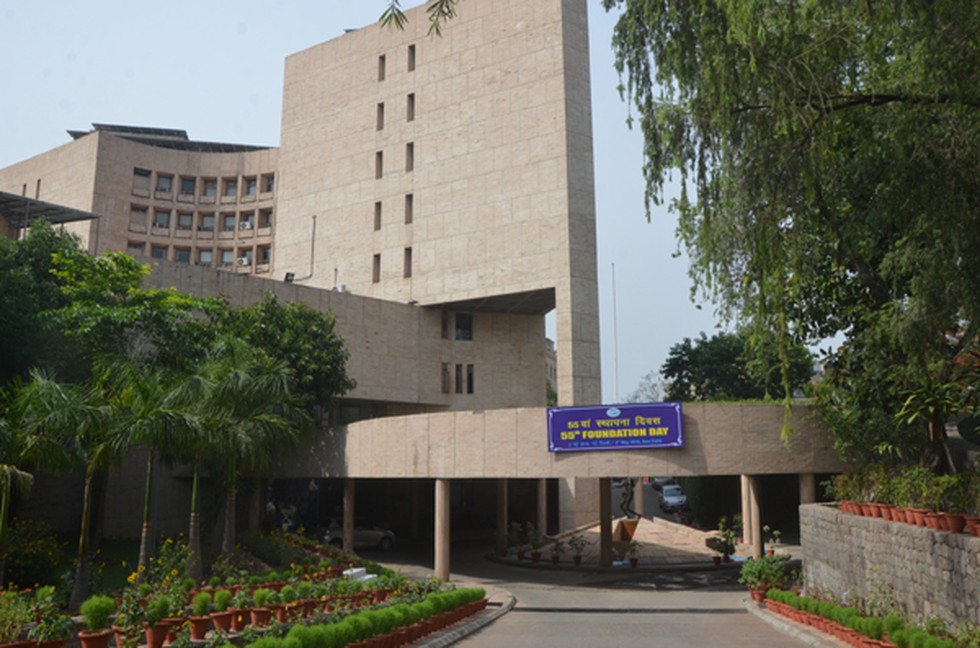
About:
- The Indian Institute of Foreign Trade (IIFT) was established in 1963 as an autonomous body under the Ministry of Commerce & Industry to contribute in the skill building for the external trade sector of India.
- The Institute was granted “Deemed to be University” status in 2002.
- The Institute was granted the prestigious AACSB accreditation on 17th November, 2021.
- With this the IIFT figures amongst 900+ Business School of the world which have earned this accreditation.
- The National Assessment and Accreditation Council (NAAC) has recognized IIFT as Grade ‘A’ Institution in 2005 as well as in 2015.
2. Mission Karmayogi
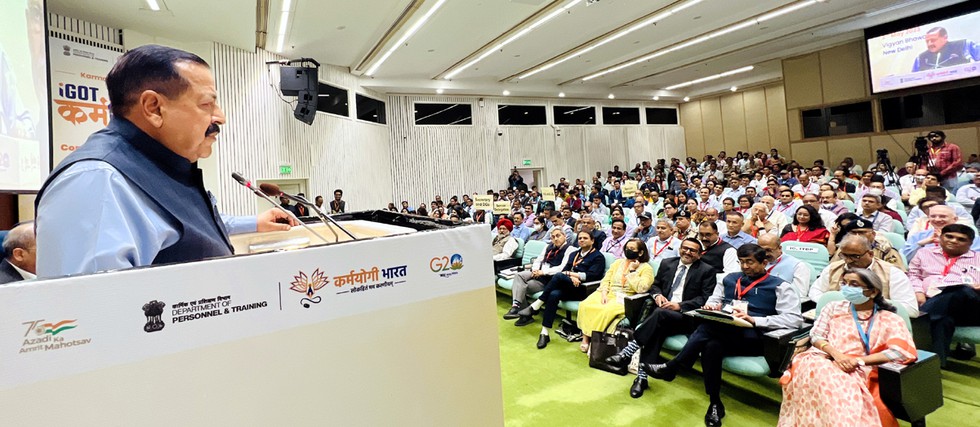
About:
- Mission Karmyogi or National Programme for Civil Services Capacity Building (NPCSCB).
- Mission Karmayogi aims to prepare Civil Servants for the future by making them more creative, constructive & innovative through transparency and technology.
- This unique programme will help to lay the foundation for civil servants in the country.
- There will be more focus on 'on-site learning' in complementing "off-site learning".
- Objectives:
- The stated aim of Mission Karmayogi is to provide a mechanism to continuously build capacity, update the talent pool, and provide equal opportunities for personal and professional growth and esteem of government officials at all levels.
- Karmayogi seeks to shift the focus from rule-specific to role-specific.
- The Mission will help training the officers to meet the challenges of the society.
- It aims at building future-ready civil service with the right attitude, skills & knowledge, aligned to the vision of New India.
- The endeavour is also to end the culture of working in the silos and to overcome the multiplicity of training curriculum because of the institutions spread all over the country.
- It will improve the Human Resource management practices in the Government and will use scale & state of the art infrastructure to augment the capacity of Civil Servants.
- Executing Bodies:
- It will be steered by four new bodies.
- The new entities will be a Prime Minister’s Public Human Resources Council, a Capacity Building Commission, a Special Purpose Vehicle (SPV) that will own and operate the digital assets and technological platform for online training, and a Coordination Unit, which will be headed by the Cabinet Secretary.
3. “Vivad se Vishwas I – Relief to MSMEs”
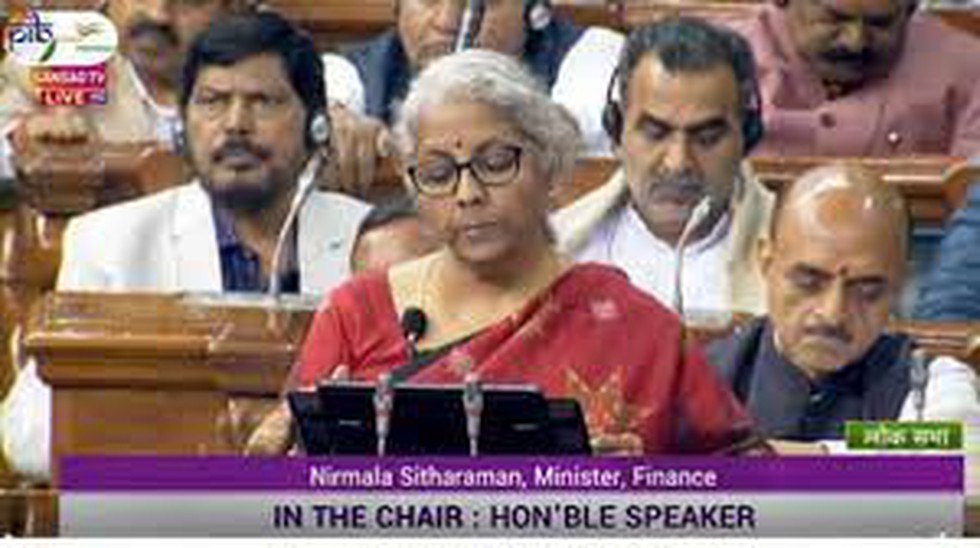
About:
- The scheme was announced in the Union Budget 2023-24
- The scheme is modelled on a similar 'Sabka Vishwas Scheme' for indirect taxes announced in 2019.
- The scheme provides for settlement of disputed tax, interest, penalty etc. and grant immunity from any proceeding for prosecution for any offence under the Income-tax Act in respect of matters covered in the declaration.
- Under the scheme, Ministries have been asked to refund performance security, bid security and liquidated damages forfeited/ deducted during the COVID-19 pandemic. Certain relief has also been provided to MSMEs debarred for default in execution of contracts during the COVID-19 period.
- The Ministry of Finance, through this scheme, decided to give following additional benefits to eligible MSMEs, affected during the COVID-19 period:
- 95% of the performance security forfeited shall be refunded.
- 95% of the Bid security shall be refunded.
- 95% of the Liquidated Damages (LD) deducted shall be refunded.
- 95% of the Risk Purchase amount realized shall be refunded.
- In case any firm has been debarred only due to default in execution of such contracts, such debarment shall also be revoked, by issuing an appropriate order by the procuring entity.
- However, in case a firm has been ignored for placement of any contract due to debarment in the interim period (i.e. date of debarment and the date of revocation under this order), no claim shall be entertained.
- No interest shall be paid on such refunded amount.
4. Ethanol
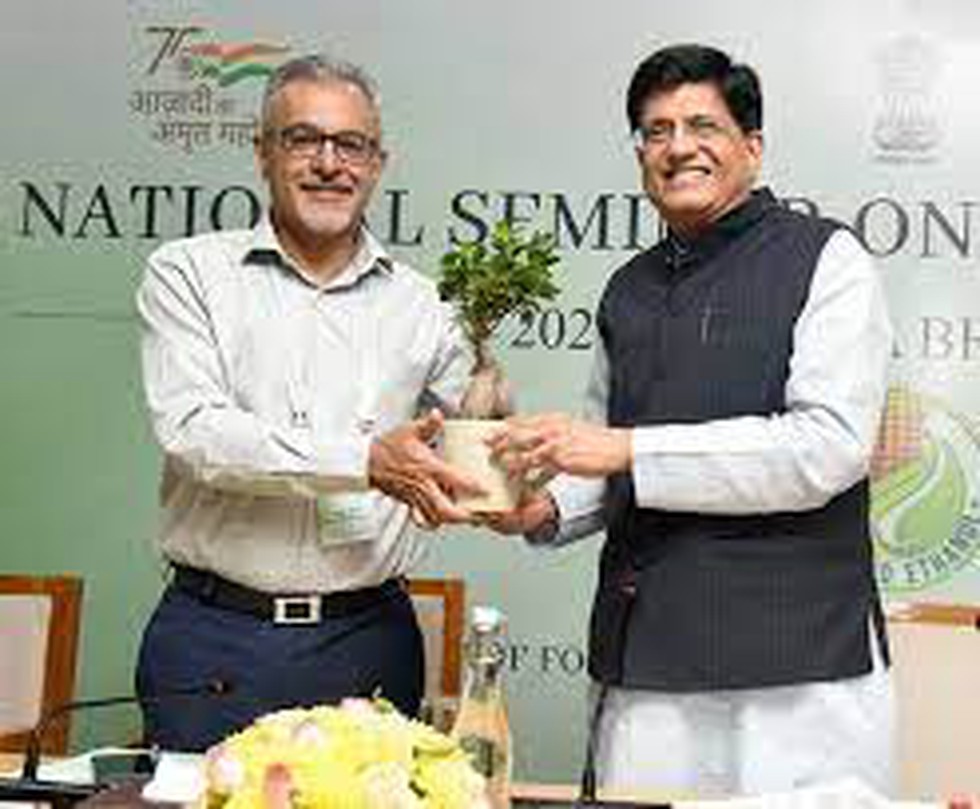
About Ethanol:
- Ethanol is an agricultural by-product which is mainly obtained from the processing of sugar from sugarcane, but also from other sources such as rice husk or maize.
- Since ethanol is produced from plants that harness the power of the sun, it is also considered as renewable fuel.
- In India, ethanol is mainly produced from sugarcane molasses by fermentation process.
- Ethanol blending is the process of combining ethanol and petrol to use less fossil fuel while driving a vehicle.
- To supplement ethanol supplies, the Government of India has permitted the procurement of ethanol produced from sources other than molasses, which is known as first generation ethanol or 1G.
- Aside from molasses, ethanol can be derived from rice straw, wheat straw, maize cobs, corn stover, bagasse, bamboo and woody biomass, which are known as second generation ethanol sources or 2G.
Ethanol Blended Petrol (EBP) Programme:
- The EBP programme was launched by the Ministry of Petroleum and Natural Gas in 2003, to promote the use of alternative and environment friendly fuels.
- Under this programme, starting with 5% blending, the government later increased the target of 10% ethanol blending by 2022.
- India's goal is to grow this ratio to 20% by 2030, but when the NITI Aayog released the ethanol roadmap in 2021, that deadline was advanced to 2025.
5. Yoga Mahotsav

About:
- The Yoga Mahotsav was a celebration to commemorate 50 days to upcoming International Day of Yoga, 2023.
- The participants performed Common Yoga Protocol (CYP) in complete rhythm and harmony with a mesmerising outcome.
- The Ministry of Ayush, is organising the “Yoga Mahotsav”.
International Day of Yoga:
- The United Nations declared June 21 as the International Day of Yoga in 2014 after PM Modi called for the day to be adopted as a global celebration of yoga.
- The date of 21 June was suggested as it is the longest day of the year in the Northern Hemisphere and shares a special significance in many parts of the world.
- The first International Yoga Day celebration was organised at Rajpath in New Delhi on June 21, 2015.
- The World Health Organization (WHO) mentions yoga as a means to improve health in its Global Action Plan on Physical Activity 2018–2030: More active people for a healthier world.
6. Antonov AN-32
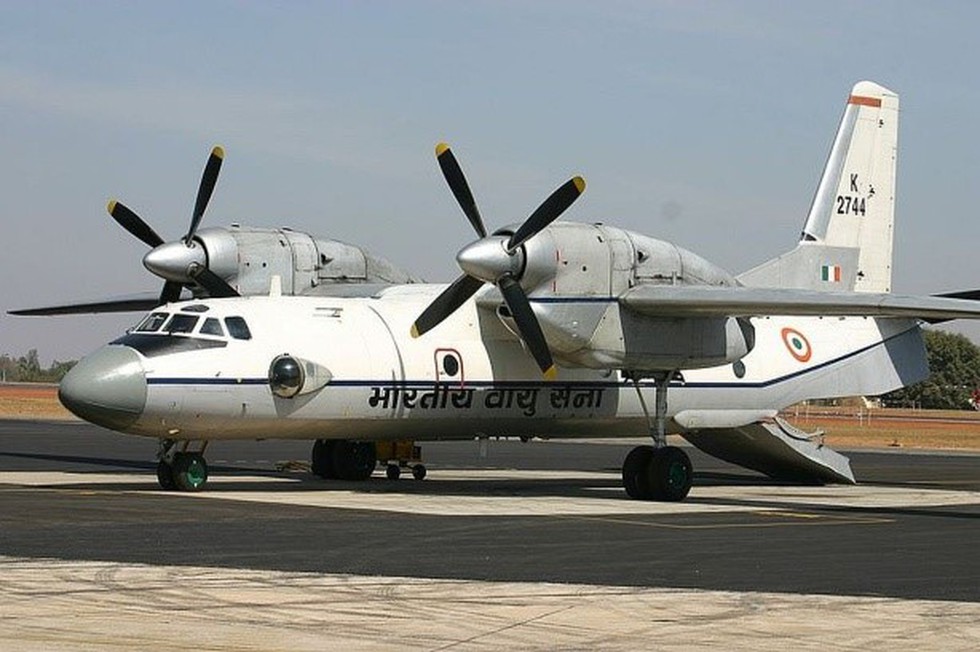
About Antonov AN-32:
- It is a twin-engined turboprop military transport aircraft.
- It is designed and manufactured by the Antonov Design Bureau of Ukraine.
- It was purchased by India from the erstwhile Soviet Union in 1984.
- Its Nato reporting name is Cline.
- Features:
- The AN-32 can be operated at high-altitude airfields (up to 4500 m above sea level) and in a hot climate, making the aircraft suitable for tactical military transport or other evacuation operations.
- It can carry a maximum weight of 27 tons at a maximum speed of 530 km/h.
- Passenger Capacity: 42 paratroopers or 50 passengers or 24 Casualties on a stretcher with three medical personnel.
- It also has a limited bombing role and is used for para-trooping operations.
What is a turboprop aircraft?
- A turboprop aircraft uses a turbo-prop engine rather than a piston-powered engine or a jet engine.
- They have one or more gas-turbine engines connected to a gearbox that turns the propeller(s) to move the aircraft on the ground and through the air.
- Turboprop aircraft have lower operating costs than jets because they burn less fuel, but they are also slower than jets.
7. Hijol
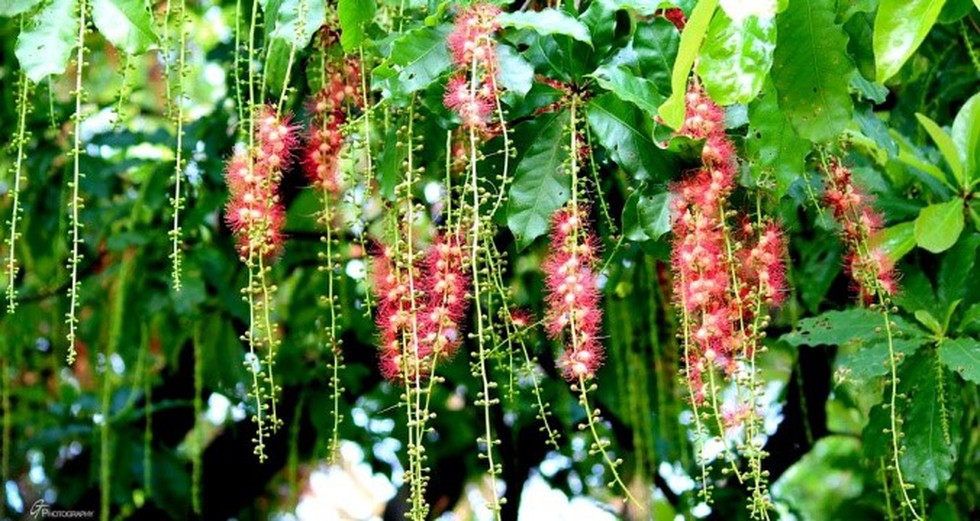
About Hijol:
- Hijol, or Indian oak, is a medium-sized evergreen tree.
- Scientific Name: Barringtonia acutangula
- Common names: Hijal, Hijangal, Hendol, Stream Barringtonia, Itchy Tree.
- Distribution:
- It is native to coastal wetlands in southern Asia and northern Australasia.
- This species grows on the banks of freshwater rivers, the edges of freshwater swamps and lagoons and on seasonally flooded lowland plains, commonly on heavy soils.
- It is commonly found in the Ganges-Brahmaputra-Meghna basin.
- Features:
- This plant is a big tree that grows to about 8–15 m high.
- Its leaves are thick, smooth and oval in shape, about 8–12 cm long and 4–5 cm wide, with reddish petioles about 0.5–1.0 cm long.
- Flowers are small, pink to red, sub-sessile, and purple-red with numerous stamens.
- Medicinal uses:
- Its bark has tannin, which is useful for heart diseases.
- Powder of seeds works as an expectorant and is applied to cure the cough of children.
- Tonic is prepared from leaves and roots. Fish poison is also prepared from its roots.
8. Buland Bharat Exercise

About Buland Bharat Exercise:
- It is an integrated surveillance and firepower training exercise conducted by the Indian Army.
- It was conducted in the recently operationalised longest High Altitude Artillery Ranges of Eastern Theatre located in Arunachal Pradesh.
- The exercise involved the synergised application of surveillance and firepower capabilities of the Artillery and the Infantry in close coordination with Special Forces, Aviation, and Central Armed Police Forces deployed in West Kameng and Tawang districts of Arunachal Pradesh.
- The exercise validated plans for bringing down integrated firepower by orchestrating synchronised firing by artillery guns and fire support components of the Infantry aimed toward the destruction of designated targets.
- The month-long training culminated in the test exercise in which troops and equipment were tested in simulated war conditions in the high-altitude area and extreme weather conditions.
- Synergised surveillance and firepower from Infantry and Artillery radars, weapon systems and direction of fire from the air were practised during the exercise.
- Uninterrupted communication on multiple media was also tested at long distances.
9. U.S. Commission on International Religious Freedom (USCIRF)

About U.S. Commission on International Religious Freedom (USCIRF):
- It is an independent, bipartisan federal government entity created by the 1998 International Religious Freedom Act (IRFA).
- Functions:
- Reviews the facts and circumstances of violations of religious freedom internationally;
- Make policy recommendations to the President, the Secretary of State, and the Congress;
- It uses international standards to monitor religious freedom violations globally.
- It is required to issue its own annual report setting forth its independent recommendations for U.S. policy
- Composition: USCIRF has nine commissioners, appointed by either the President or Congressional leaders of each political party, supported by a non-partisan professional staff.
10. Startup India Seed Fund Scheme (SISFS)
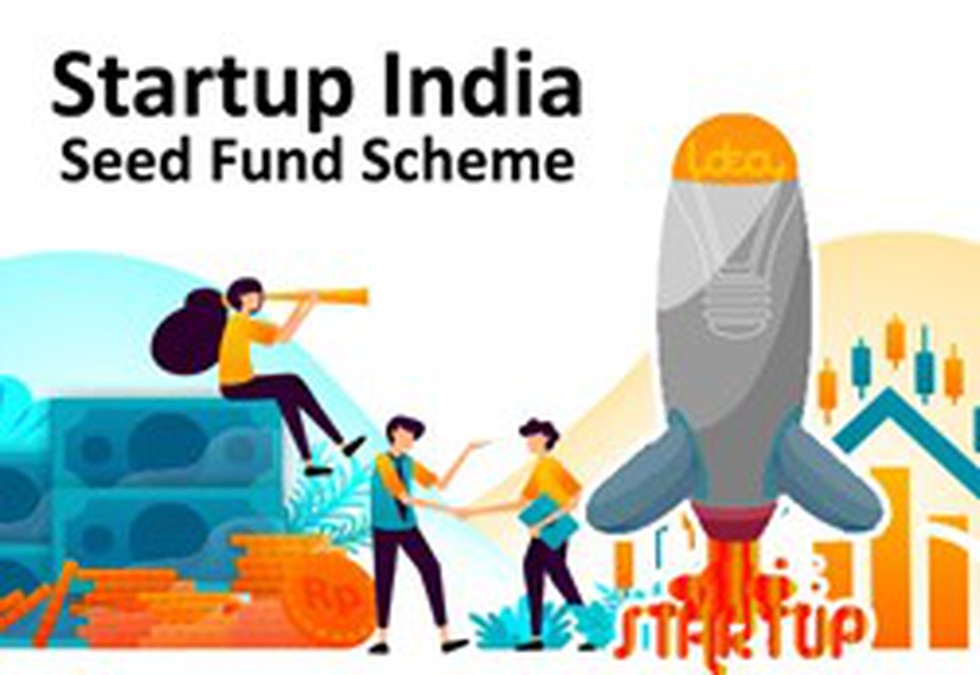
About Startup India Seed Fund Scheme (SISFS):
- It is a flagship scheme launched in April 2021 under the Startup India
- Aim: Financial assistance to startups for proof of concept, prototype development, product trials, market entry, and commercialization.
- It is implemented with effect from 1st April 2021 for the period of 4 years with a corpus of 945 crores.
- Nodal Department: Department for Promotion of Industry and Internal Trade (DPIIT), under the Ministry of Commerce & Industry.
- Funding:
- An Experts Advisory Committee (EAC) has been created by DPIIT to execute and monitor the SISFS.
- The EAC will select eligible incubators who will be provided grants of up to Rs 5 Crores each.
- In turn, the selected incubators will provide startups with up to Rs 20 lakhs for validation of Proof of Concept, prototype development, and product trials to startups.
- Eligibility criteria for Startups:
- A startup recognized by DPIIT incorporated not more than 2 years ago at the time of application.
- The startup must have a business idea to develop a product or a service with a market fit, viable commercialization, and scope of scaling.
- The startup should be using technology in its core product or service, or business model, or distribution model, or methodology to solve the problem being targeted.
- Startup should not have received more than Rs 10 lakh of monetary support under any other Central or State Government scheme.
- Shareholding by Indian promoters in the startup should be at least 51% at the time of application to the incubator for the scheme.





























































































































































.png)
.png)
.png)
.png)
.png)


.png)
.png)
.png)





.png)
.png)






.png)
.png)
.png)
.png)
.png)
.png)
.png)
.png)
.png)

.png)







.png)
.png)


.png)
.png)
.png)


.png)

.png)
.png)





.jpg)

.png)
.png)


.png)

.png)
.png)
.png)

.jpg)

.jpg)


.png)

.png)
.png)
.png)
.png)
.png)
.png)
.png)
.png)
.png)
.png)




.png)

.png)





.png)
.png)
.png)
.png)
.png)
.png)
.png)
.png)
.png)
.png)
.jpg)
.jpg)

.png)
.png)
.png)
.png)
.png)
.png)
.png)
.png)
.png)
.png)
.png)
.png)
.png)
.png)
.png)
.png)
.png)
.png)
.png)
.png)
.png)
.png)



.png)
.png)

.jpg)
.jpg)


.jpg)
.jpg)
.jpg)
.jpg)
.jpg)

.jpg)





.jpg)
.jpg)
.jpg)
.jpg)
.jpg)

















.jpg)
.jpg)







.jpg)


















.jpg)
.jpg)






























































































.jpg)
.jpg)


























.jpg)

.jpg)










.jpg)








.jpg)




.jpg)










.jpg)


















.jpg)












































.jpg)














.jpg)
.jpg)
.jpg)





.jpg)

.jpg)
.jpg)





































































.jpg)


































.jpg)
.jpg)
















































.jpg)












.jpg)


.jpg)




.jpg)
.jpg)
.jpg)

.jpg)
.jpg)
.jpg)
.jpg)

.jpg)
.jpg)
.jpg)

.jpg)
.jpg)
.jpg)
.jpg)
.jpg)
.jpg)
.jpg)
.jpg)

.jpg)


.jpg)
.jpg)
.jpg)
.jpg)
.jpg)
.jpg)
.jpg)
.jpg)
.jpg)
.jpg)











.jpg)
.jpg)





.jpg)
.jpg)
.jpg)
























.jpg)
























.jpg)









.jpg)
.jpg)







.jpg)
.jpg)









































.jpg)
.jpg)
.jpg)
.jpg)
.jpg)

.jpg)
.jpg)
.jpg)
.jpg)
.jpg)


.jpg)
.jpg)
.jpg)
.jpg)
.jpg)

.jpg)
.jpg)
.jpg)
.jpg)
.jpg)
.jpg)
.jpg)
.jpg)
.jpg)
.jpg)
.png)

.png)
.png)

.png)
.png)
.png)
.png)


.jpg)
.jpg)

.jpg)
.jpg)
.jpg)

.png)
.png)
.png)
.png)
.png)
.png)
.png)

.png)
.png)
.png)
.png)
.png)
.png)
.png)
.png)
.png)
.png)





































































-min.png)



.png)




.png)








































